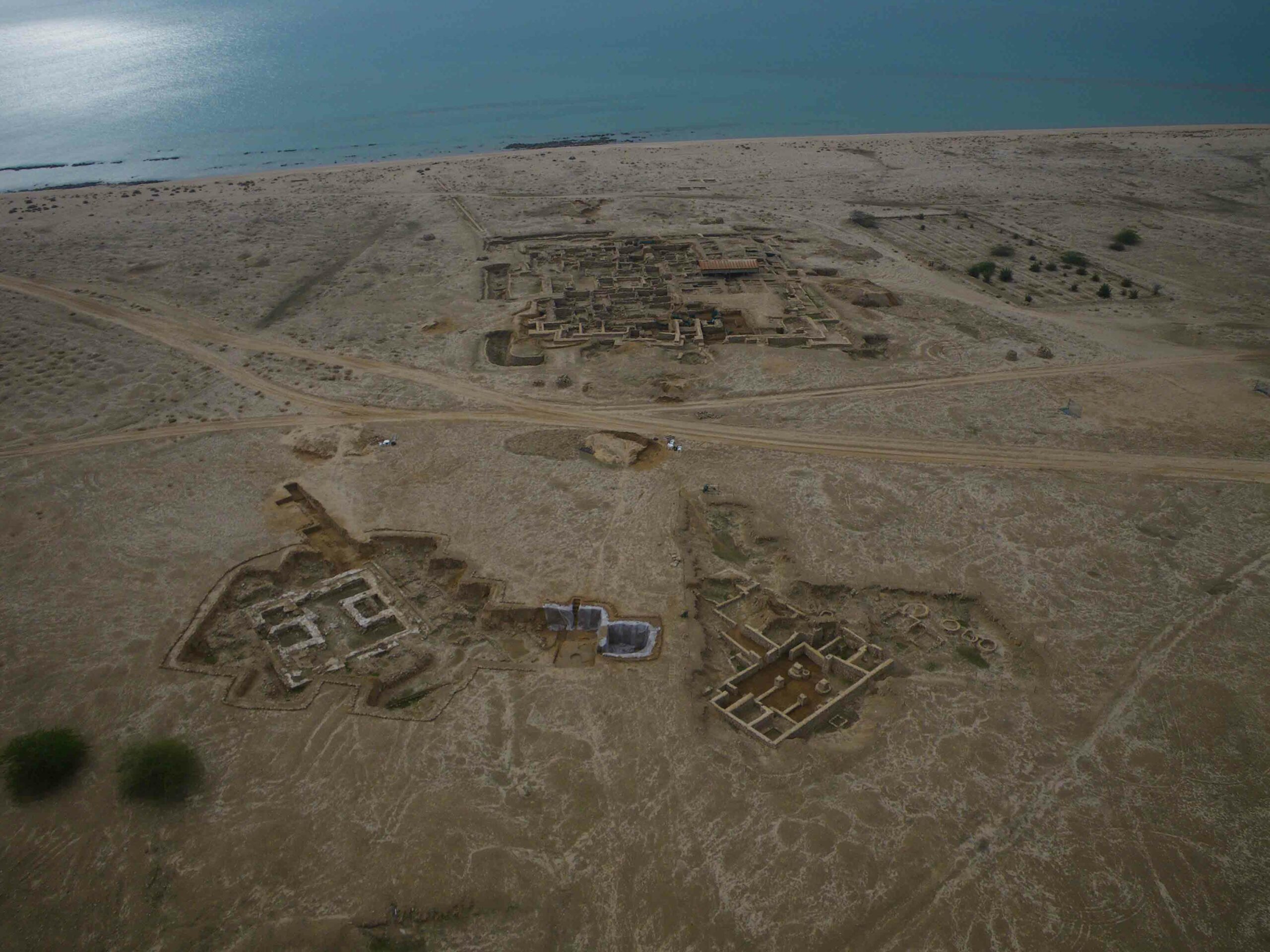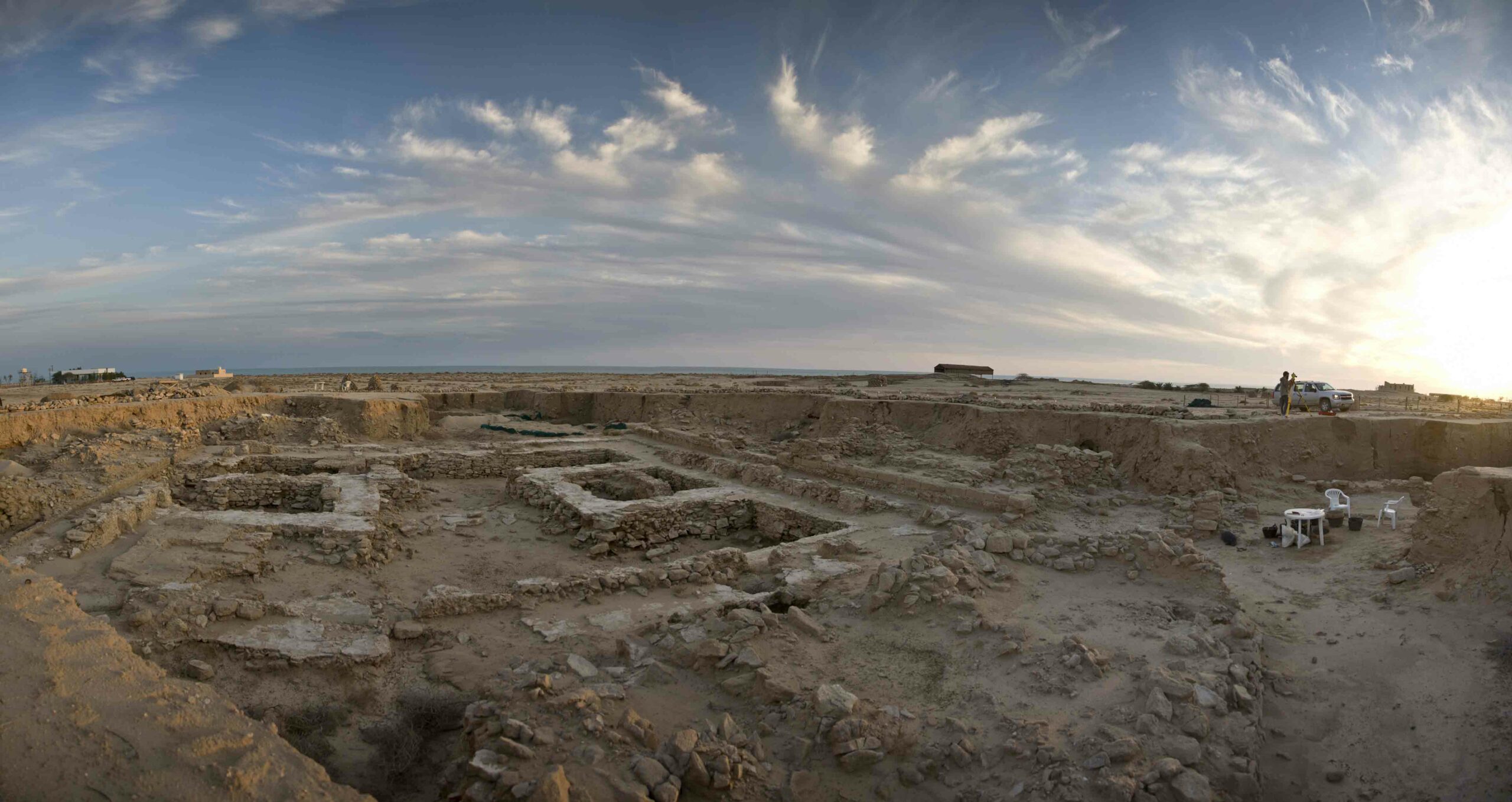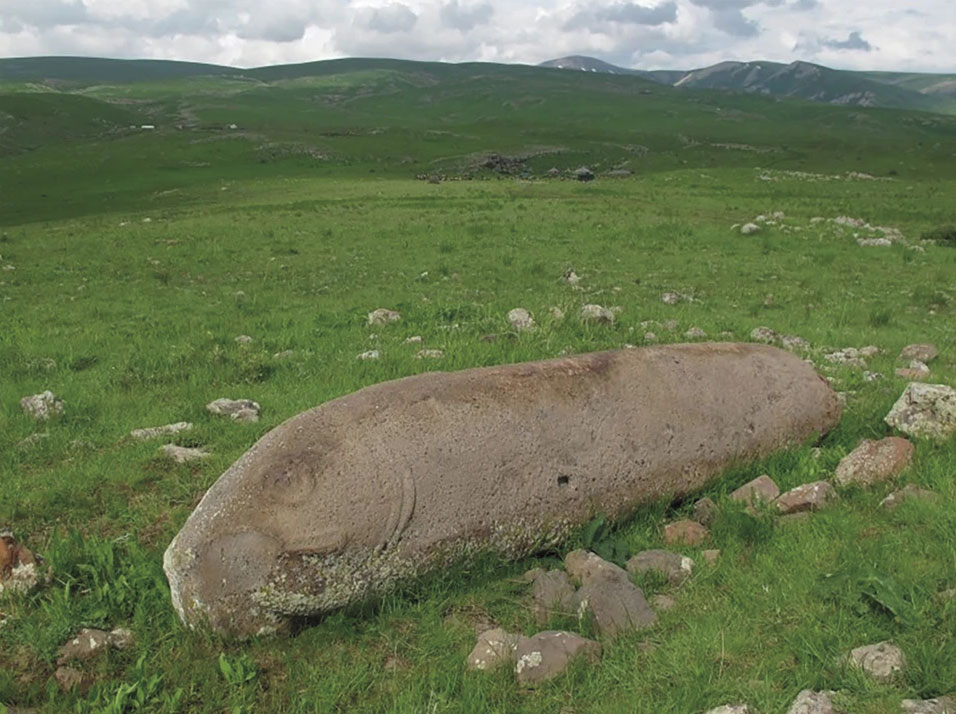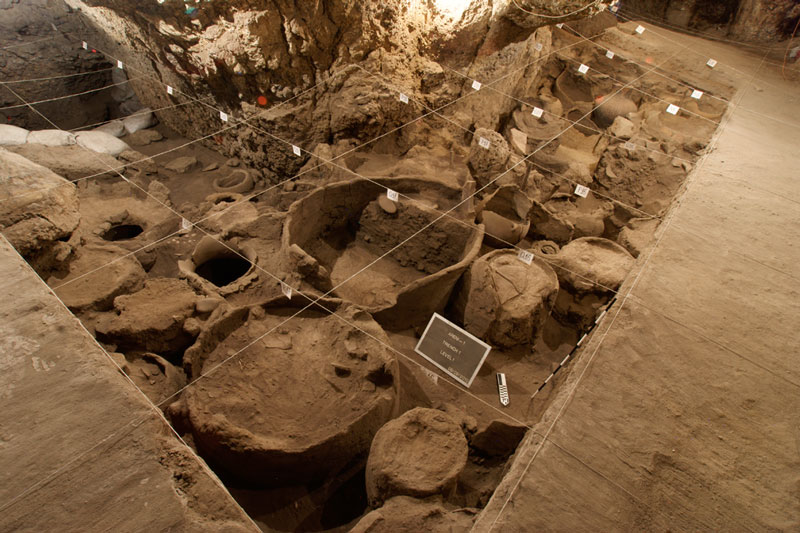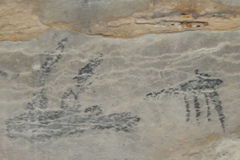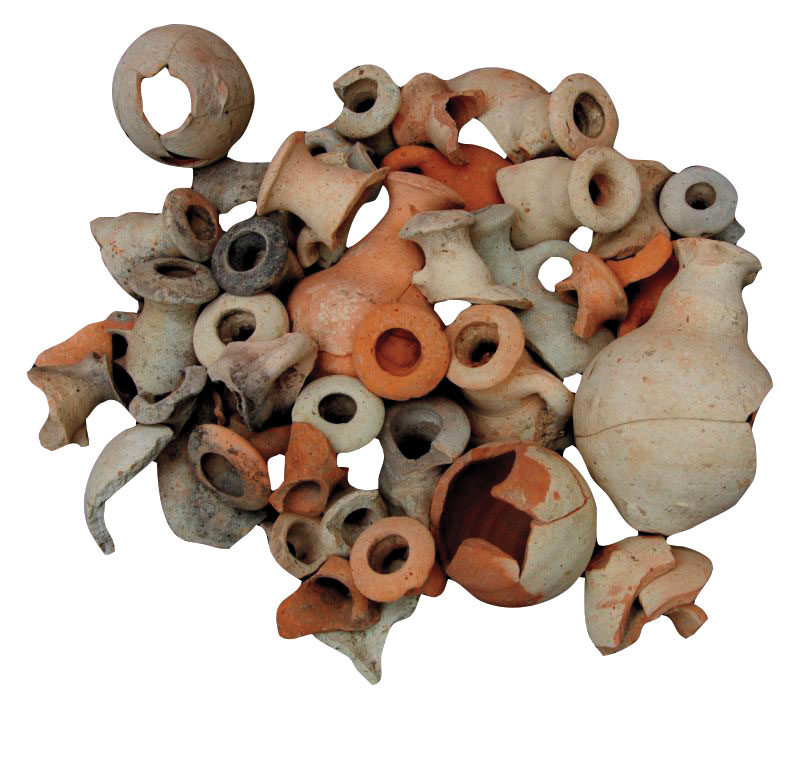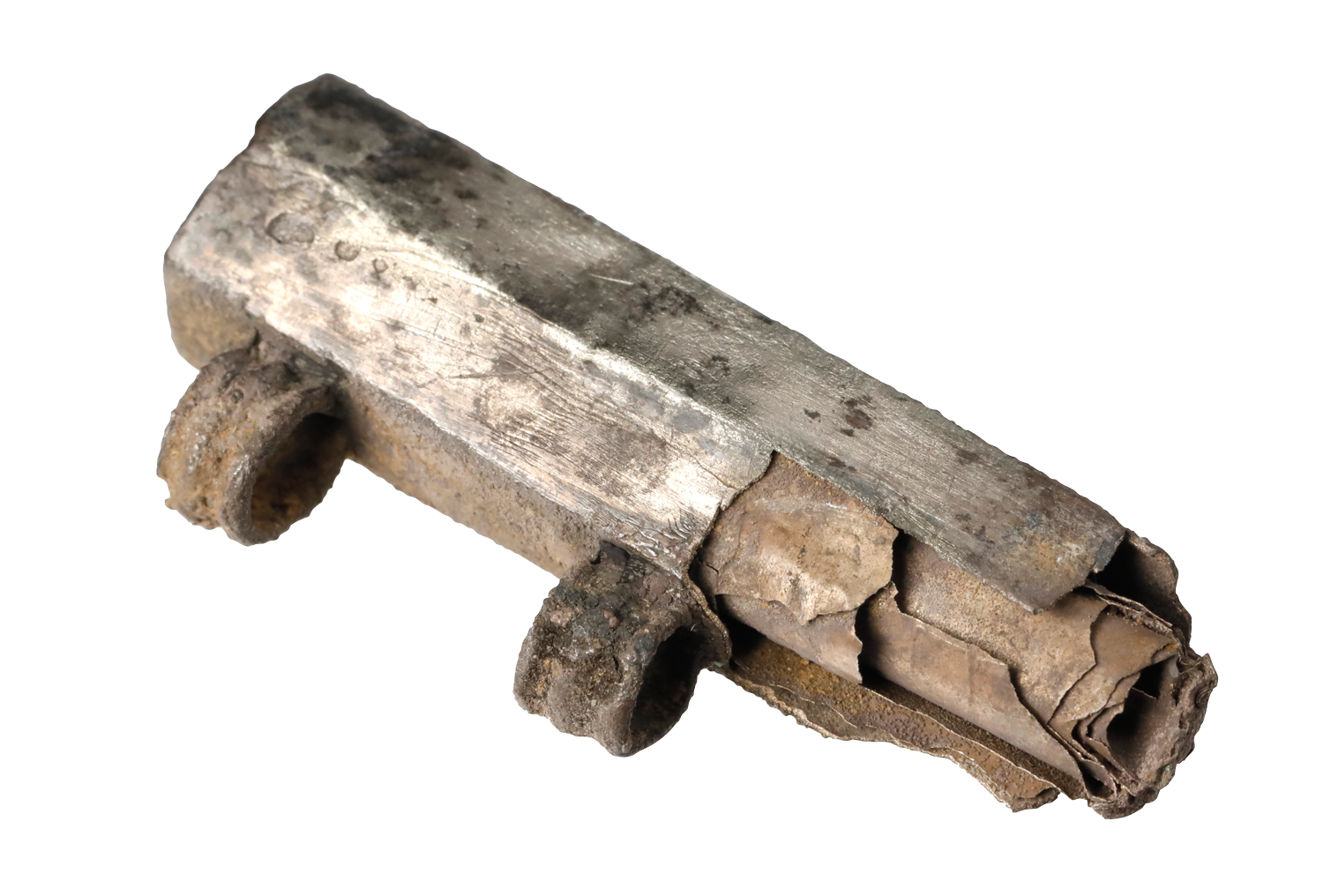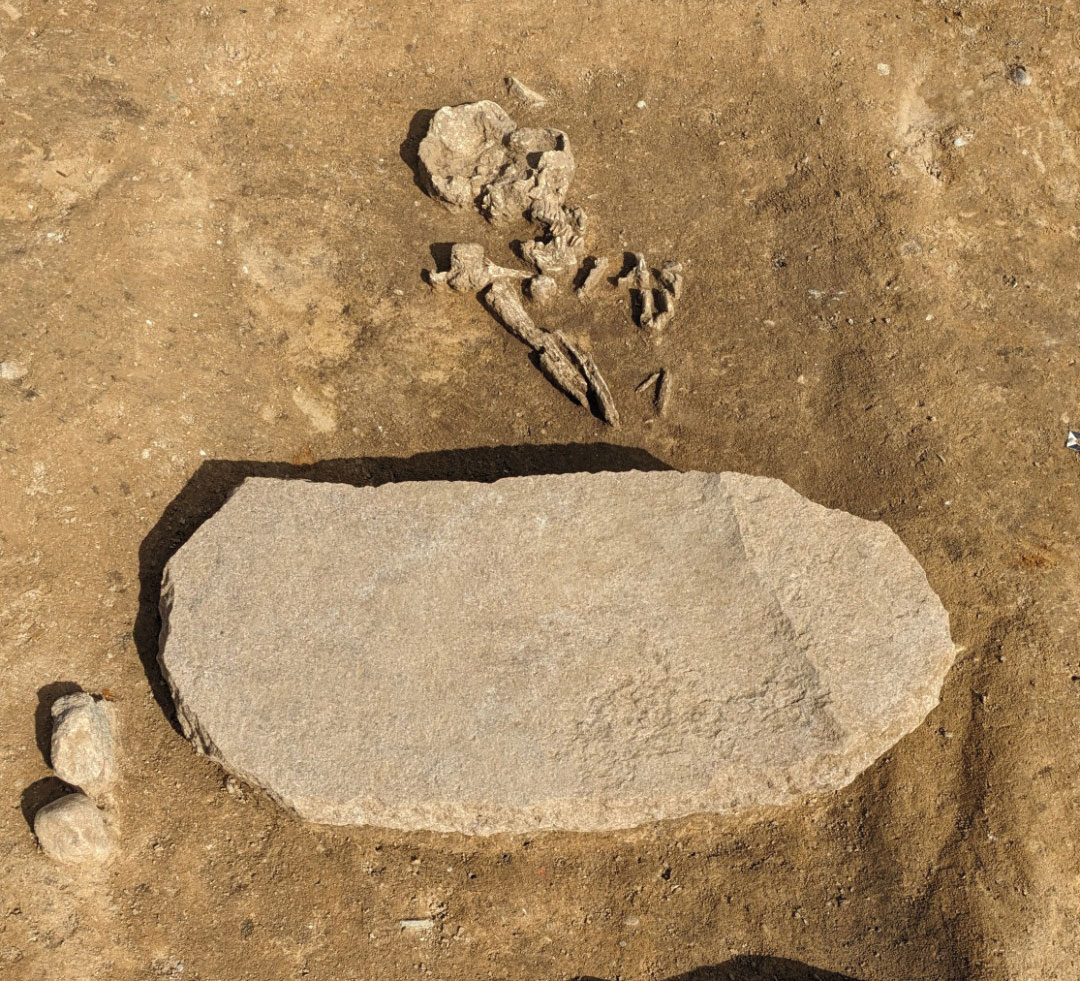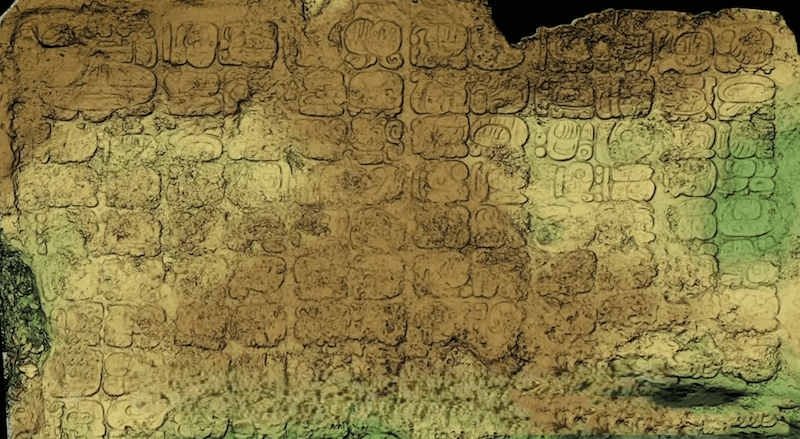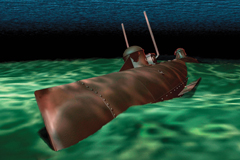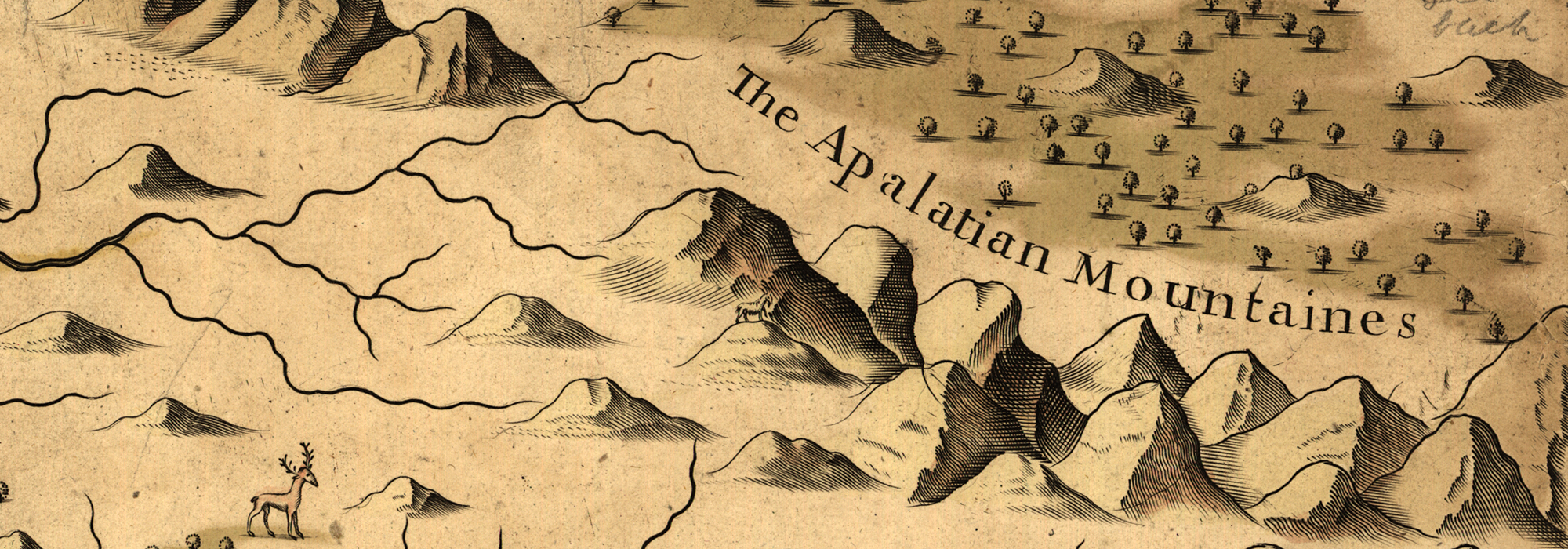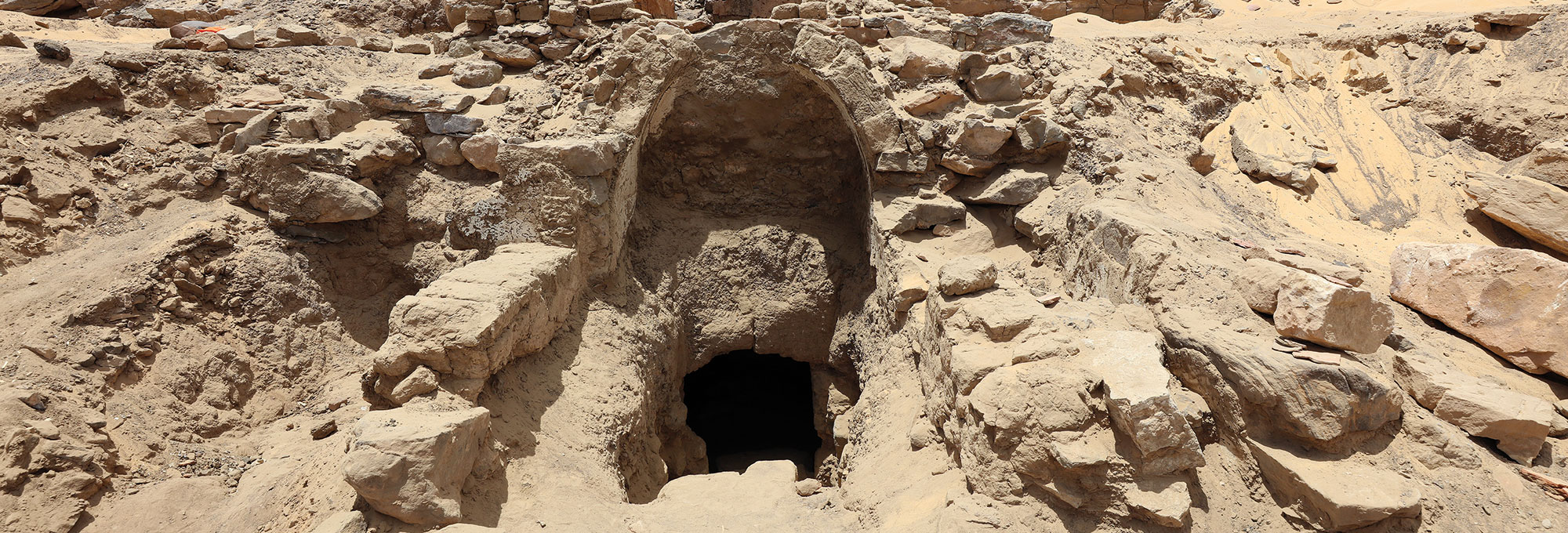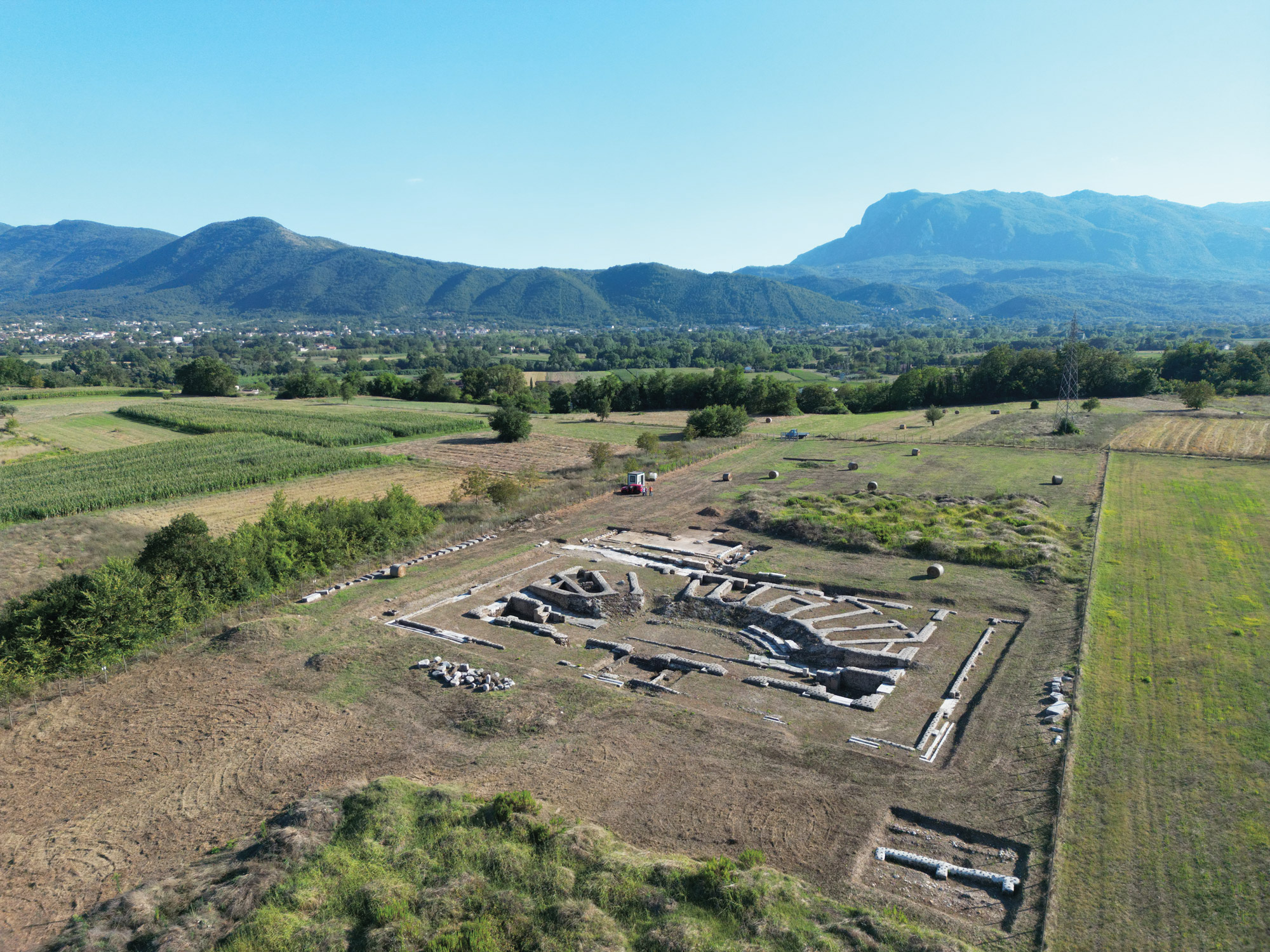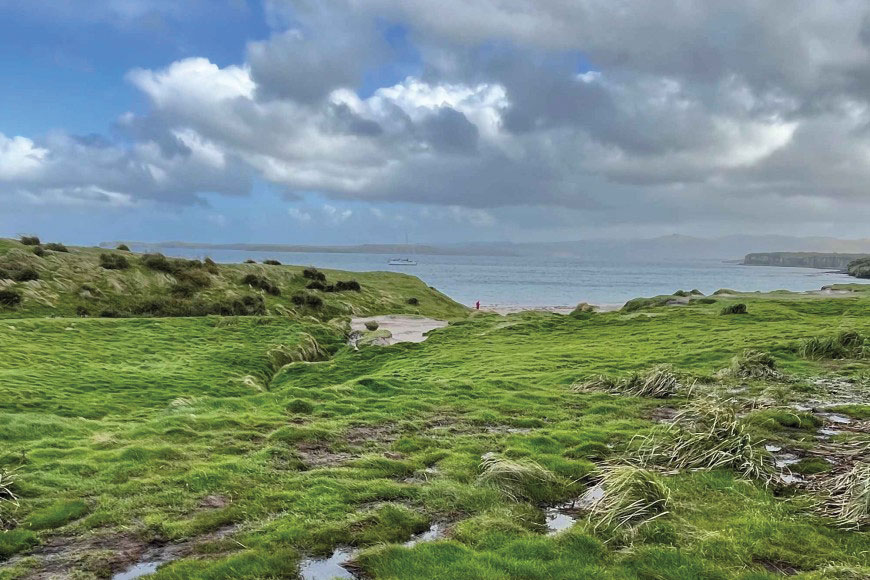
NEW ZEALAND
Ancient Polynesians were skilled seafarers who sailed thousands of miles across the Pacific Ocean. Some scholars have speculated they may even have reached Antarctica. Researchers working at Sandy Bay on Enderby Island in the Auckland Islands confirmed that a group settled there between 1250 and 1320, making it the southernmost known Polynesian site. However, the adventurers appear to have been driven back north a century later by global cooling, making it unlikely that they ever sailed the additional 1,200 miles to Antarctica.
Related Content

KUWAIT
A 4,000-year-old temple belonging to the Dilmun civilization was unearthed on Failaka Island. Dilmun encompassed parts of present-day Bahrain, Kuwait, and Saudi Arabia and flourished during the Bronze Age by controlling commercial routes between Mesopotamia and the Indus Valley. The 36-by-36-foot building is located near a previously excavated temple and administrative building. The complex is evidence that Failaka Island was an important Dilmun religious and trading depot, likely due to its proximity to where the Tigris and Euphrates Rivers flow into the Persian Gulf.
Related Content

ARMENIA
Archaeologists unearthed the foundations of the country’s earliest known church near the ancient city of Artaxata. The octagonal building, which has 4 extensions that form a cross and was once decorated with lavish Mediterranean marbles, dates to the 4th century a.d. It is said that near this site in a.d. 301, St. Gregory the Illuminator converted King Tiridates III to Christianity, making Armenia the first state to adopt Christianity as its official religion.
Related Content
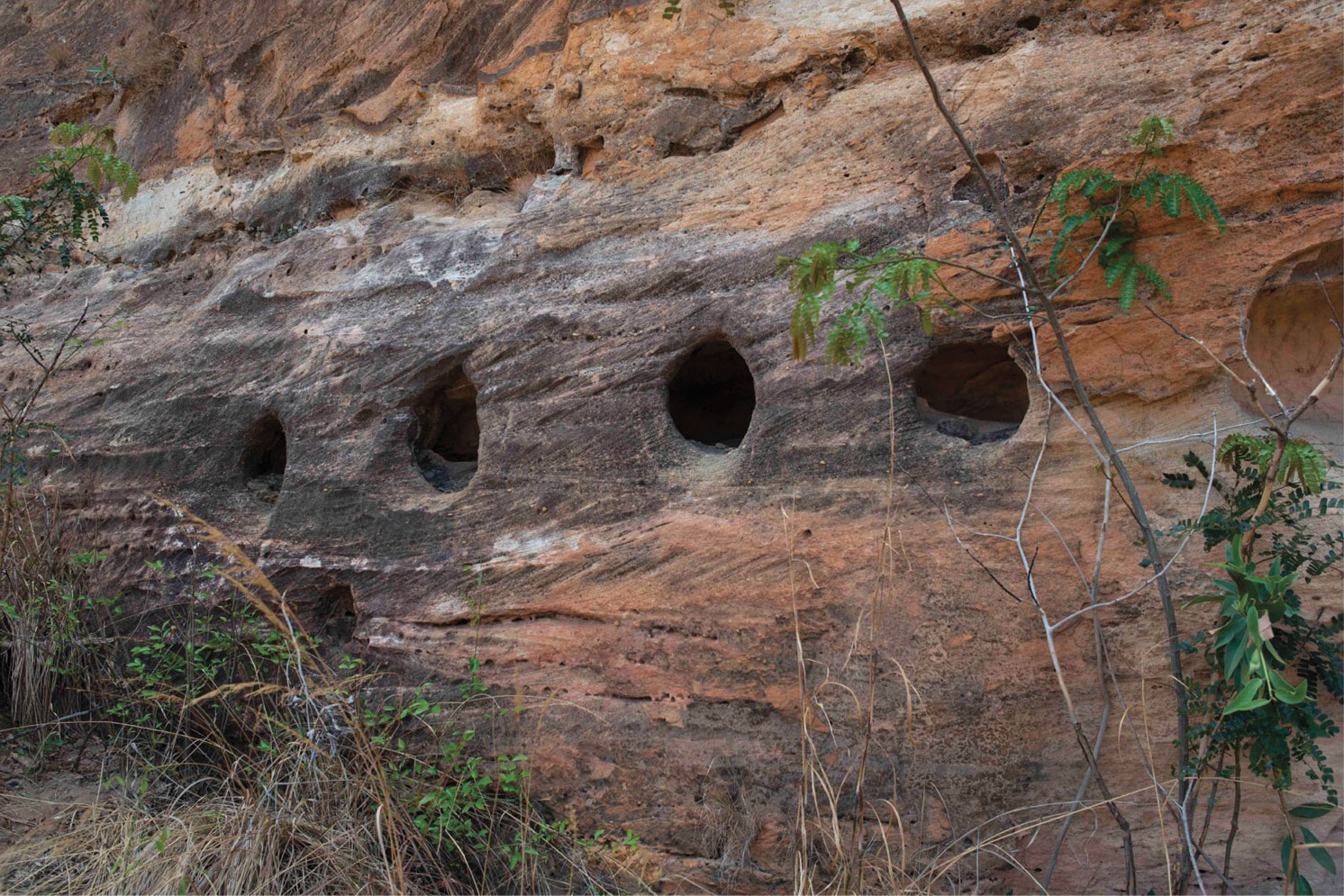
MADAGASCAR
The ancient stone architecture and rock-cut niches at the site of Teniky have baffled archaeologists, as they are unlike anything produced by the local Malagasy culture. Located 125 miles inland and 12 miles from the nearest modern road, Teniky has also proved difficult to study. However, new analysis suggests that the site contains similarities to some Zoroastrian necropolises in Iran, and researchers now believe it may have been used as a burial ground for Zoroastrian settlers who arrived on the island between the 10th and 12th centuries.
Related Content

ESWATINI
Ocher, a naturally occurring mineral found in a range of hues from yellow to red to violet, has been used by people across the globe for hundreds of thousands of years. Ocher-based pigments have long played an essential role in sacred rituals, personal decoration, and especially cave art. New research in the Ngwenya Massif has identified the earliest known evidence of intensive ocher mining, dating to 48,000 years ago, at the site of Lion Cavern.
Related Content
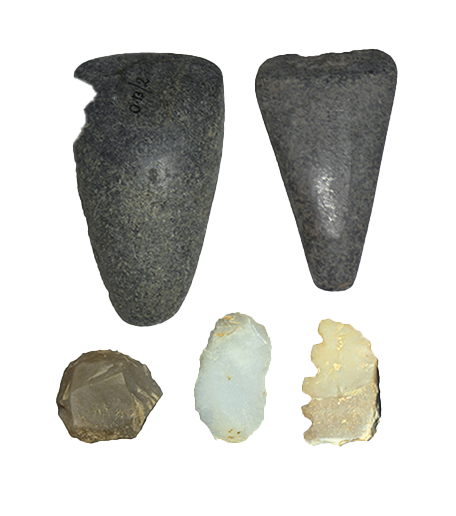
MOROCCO
Between 3400 and 2900 b.c., the Maghreb region of northwestern Africa was home to a previously unknown Neolithic farming society. Investigations at the site of Oued Beht uncovered domesticated barley and wheat seeds, along with large pits likely used to store such crops. Archaeologists have also excavated ceramics, stone tools, and goat, sheep, pig, and cattle remains. They believe the site was home to the largest agricultural community in Africa outside the Nile Valley at the time.
Related Content

ITALY
A bronze winged lion that has stood atop a column in St. Mark’s Square in Venice since the 13th century is an enduring symbol of the city. The sculpture’s origins, however, have been a mystery. A new study suggests the statue may have its roots in China. Isotope analysis indicates that the metal used to create the lion was mined in the Yangtze River Basin, suggesting to researchers that the figure likely served as a tomb guardian during the Tang Dynasty (a.d. 618–906) before it was brought to Venice.
Related Content

GERMANY
Over the past few decades, tens of thousands of artifacts have been found at the Paleolithic site of Gönnersdorf, including 406 engraved schist plaques. These 15,800-year-old plaques are often just a few inches wide, and the faint images on them are difficult to discern with the naked eye. Advanced imaging technology has now revealed that at least 8 of the plaques depict fish swimming within grid-like patterns that appear to represent fishing nets. The illustrations are believed to be the oldest scenes of fish trapping.
Related Content

MEXICO
Lidar mapping has made finding lost cities buried deep within dense jungle much easier than it was decades ago, when archaeologists were forced to traverse thick vegetation on foot. A recent lidar survey in the state of Campeche identified a major Maya urban center that researchers have named Valeriana after a nearby lagoon. The site consists of 6,674 structures, including plazas, pyramids, houses, and a ball court, which were all likely built during the Classic period (ca. a.d. 250–900), although some may be centuries older.
Related Content

SOUTH CAROLINA
Like many hunter-gatherer cultures across the world, early Native American communities were nomadic. Around 5,000 years ago, to take advantage of abundant marine resources, groups in the coastal southeastern United States began to settle down and build villages atop mounds consisting of millions of discarded mollusk shells. Recent chemical analysis of such shell mounds determined that clams and oysters were harvested year-round, suggesting that these sites were the first permanent settlements in the region.





